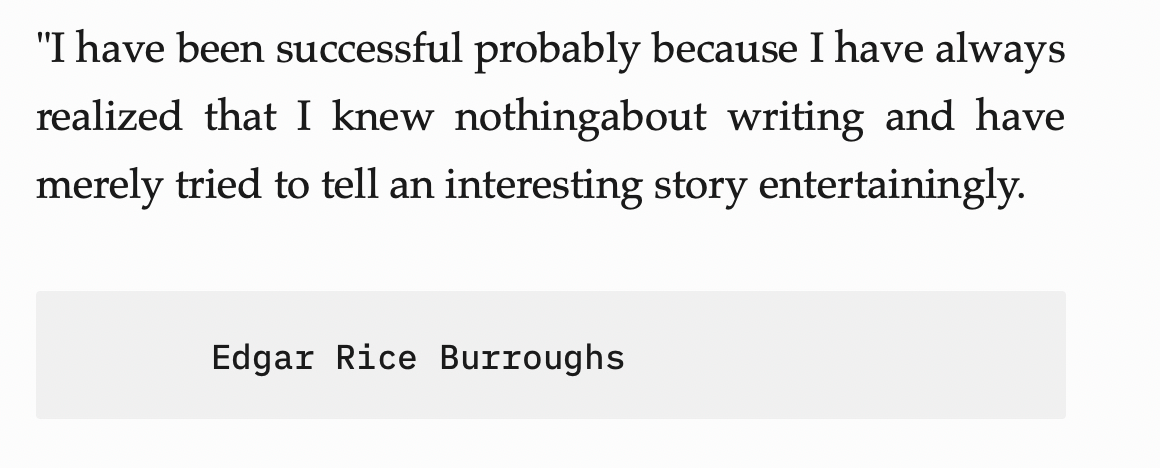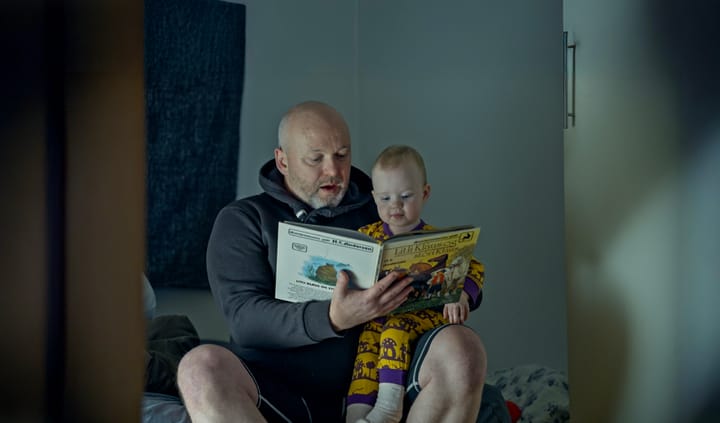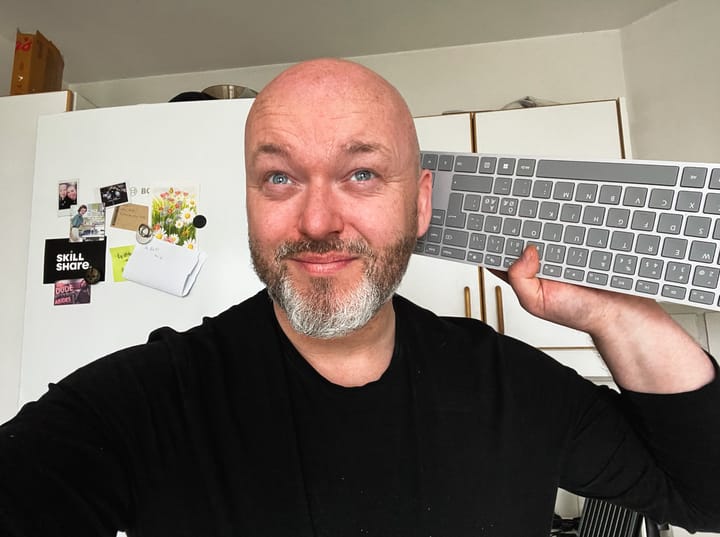FREE TOOL: IMAGINE, WAIT, WRITE
A step-by-step guide to avoid exhausting your creative mind. Writing anxiety is no fun. However, it seems like a degree of anxiety is integraned with the creative process. It is easy to know the difference between a helpful anxiety, and the problematic kind.

A step-by-step guide to avoid exhausting your creative mind.
Creative anxiety is no fun. However, it seems like a degree of anxiety is integraned with the creative process. It is easy to know the difference between a helpful anxiety, and the problematic kind.
I've experimented quite a bit when it comes to avoiding or working around the problematic kind. I have not found the solution, but I have found many small powerful tools that have made my creative life much easier. In this post I would like to share one of them with you.

I call this tool, "Imagine, Wait, Write."
One of the key characteristics of the problematic anxiety, is that it acts with speed. We sit there, writing, creating, and then suddenly we feel a wave of crippling anxiety. Anxiety is FAST, it HIDES and ATTACKS from nowhere - leaving you wounded on the writing field.
This method, or tool, focuses on depriving anxiety of its main weapon, speed. That means going slow, and we need to be very specific on the steps of going slow. In order to achieve that, I suggest you put on your professor hat, and approach this method like a scientist.
When we get really exhausted by this vicious circle, we start changing our approach.
Slowing down can mean a lot of things, but you can't really use 'slowing down' as a directive to your active mind.
PLAY: "THE CONFUSED ACTION MIND"Let's play the Action Mind, OK? It's just sitting around, watching the world go by, blue sky, green birds (not sure where it lives) - and then suddenly! A telegram arrives from your mind - it wants to SLOW DOWN! This makes Action Mind spring too, yes! ACTION. But wait, it's confusing! What does 'Slowing Down' look like as an action? How can Action Mind really do anything with such a VAGUE directive from your mind? Does it walk slowly? Breathe slowly, think slowly... ? Action Mind is Confused, it turns and turns, hoping to guess the right action, but ends up anxious and send an 'anxiety' telegram back to you - When you receive it, you're also anxious - your day is over because you can't do anything right, you can't even 'slow down'.
This is just like running a company. If you tell your employees to 'work harder' - they get confused. If you tell yourself to 'slow down' you get confused. Because this approach is lacking actionable steps. A part of you already knows this, yet, we (myself included), repeat this error again and again. When exhausted by this vicious circle, we start changing our approach. Here is one way to do it.
WRITING TECHNIQUE: "IMAGINE, WAIT, WRITE"
A step-by-step guide to avoid exhausting your creative mind.
- Decide WHAT you want to write ABOUT
- Use a timer: 3 to 10 minutes
- Imagine the WHAT
- Wait for 75 seconds
- Use a countdown timer: 5-45 minutes & Write down what you IMAGINED
Notes on each step:
- Decide what you want to write about, but see if you can get very specific. We want to avoid a frame that is too wide - for example, if you're writing a story about a mountain climber - the decide what part of the journey you want to Imagine - the preparation, the end, the middle - and then you can go deeper, what part of the preparation - you're trying to give your creative mind something specific so it knows where to points it's power.
- Using a timer is very important for step 2) - Do not use a pen or paper, don't do anything except Imagine. This will create a frustration (of not doing anything except Imagining), and that frustration will help you over the threshold, when you feel it, just wait a few seconds, and keep imagining, if you can't, wait and try again.
- Just sit there for 3-10 minutes. Imagine that 'specific part' you found in step 1) - and question everything by using your senses, visual, smell, taste, sound - What can you hear in the background? What is the smell of the location and so on? This technique will anchor you into the scene - the more you do it, the easier to writing will be.
- Waiting for 75 seconds - this is very important because 75 seconds is an odd number, and we want to be odd/weird at this stage, to show ourselves that we go through the trouble of taking 75 seconds to wait - because this is weird, this will register as self-respect. We're taking the time of an odd number, we go through that trouble - by that, we're showing ourselves that we respect what we're doing (it's a little bit like brushing our teeth and making our bed, a little thing that pats us on the self-respective back).
- When you write down: I suggest using a 'reverse timer' - In my case, I set X (5-45, depending on the task) minutes as a countdown - and if I finish earlier, then great. In this step, it's important that you give yourself some space.



Comments ()